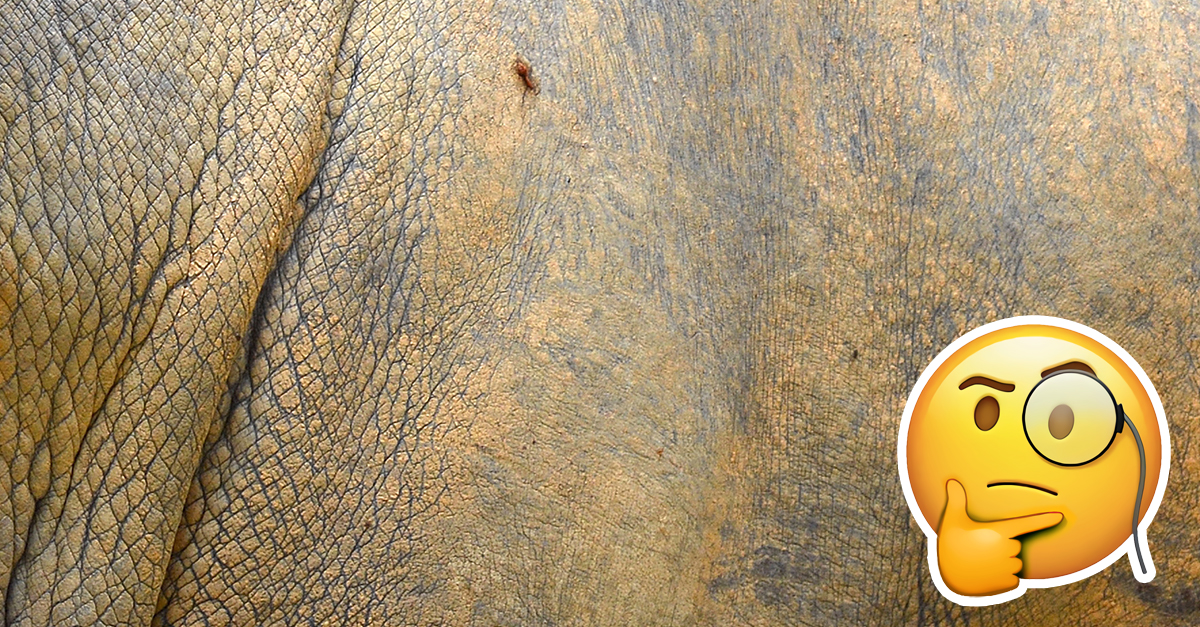

The combination of all these factors contribute to the degree of whiteness observed in the scat. In addition to the white calcium, the hair from the prey that the predator ate may become sun-bleached further adding to its white appearance. What remains are hair, calcium powder, and bone fragments from the decay of bones. Bobcats, mountain lions, wolves, coyotes, foxes, and even dogs all produce scats that age white.ĭry and chalky white scat is caused by brown organic material being washed away from snow melt or rain. Unless the animal has a digestive disorder, and is not producing the right enzymes, we can be confident that we are looking at an old scat.

White mammal scat is almost always associated with a really old scat. Deer scat can also be in a more wet or patty form, but pellets are usually still distinguishable. If the pile is under leaf litter, or a layer of snow, it is most likely old (see below photo). Deer scat is usually in pellets and in a pile. These scats may look normal at first, but come April and May, these scats will have aged, and some will have turned white! Deer scat might be the most common scat to be found on the trail. Roll some pieces of its food into the scat and have a friend dissect it.Discovering a white scat out in the woods is a normal discovery, especially in the spring in temperate regions where a large collection of scat that accumulated in the snow is then deposited as the snow melts onto trails, fields, and other areas you may be exploring. Can other students identify what animal created it?ĭo some research on an animal and identify what it eats. Research animal scat and shape your fake scat to that of a particular animal, you could add some seeds and/or raisins to form a good representation.
#Animal skat full
Serve on some toilet paper for full effect. Dust or roll the scat in a mixture of cocoa powder and artificial sweetener to finish. 
Fresh ones are dark brown, but they will get lighter with age. There is usually some size variance, but they are basically like very small brown grains of cooking rice.
Add some warm water a little at a time until you arrive at a consistency that will allow you to roll and form the scat into the desired shape. HOUSE MOUSE OR FIELD MOUSE POOP/DROPPINGS Skinny pellets, usually about 1/16 inch in diameter and 3/16 inch long, with pointed tips and maybe slightly bulging out in the center. Sweetener is more effective than sugar for this). Cockroaches (Periplaneta americana) In the photo, the 2 small black flecks to the right of the penny are cockroach droppings. Caterpillar droppings are typically found underneath trees. Add about 1 teaspoon of cocoa and 1 teaspoon of artificial sweetener (this acts as a binding agent. Scat from caterpillars tends to be squarish and cubed, but can be easily confused with bat droppings. On some wax paper or a paper plate, use fingers to grind oats into finer pieces. Use about 1/3 cup of oatmeal. Can they determine what it is and guess what type of animal made it? Roll some pieces of its food into the scat and have a friend dissect it. By understanding the types of scat left by different animals, you can keep yourself safe while out hiking or camping. Scat can be textured differently and even filled with undigested food items, like berries, bones and wood fibers. Scat: animal poop Mammals, birds, reptiles, and insects all leave scat behind after theyve finished digesting their food. Some are tubular, while others are round. How does the scat of herbivores or carnivores differ?Do some research on an animal and identify what it eats. Some scat is small and compact, while others are large and loose. How do scatologists use scat to learn about animals? Field Guide to Animal Tracks and Scat of California (Volume 104) (California Natural History Guides) Mark Elbroch, Michael Raymond Kresky, Jonah Wy Evans. Oatmeal (quick-cooking, but not instant, works best) Explain how scientist can determine what an animal eats by examining its waste.







 0 kommentar(er)
0 kommentar(er)
